Cooking at home has a way of tripping us up in the simplest ways. Maybe you’ve pulled a cake from the oven only to find the center still raw, or realized halfway through dinner that you forgot to start the rice. Those little blunders feel frustrating in the moment, but they’re also what makes cooking such a universal experience. Nobody gets it right every time, and the mistakes are often what stick with us most.

Burning garlic
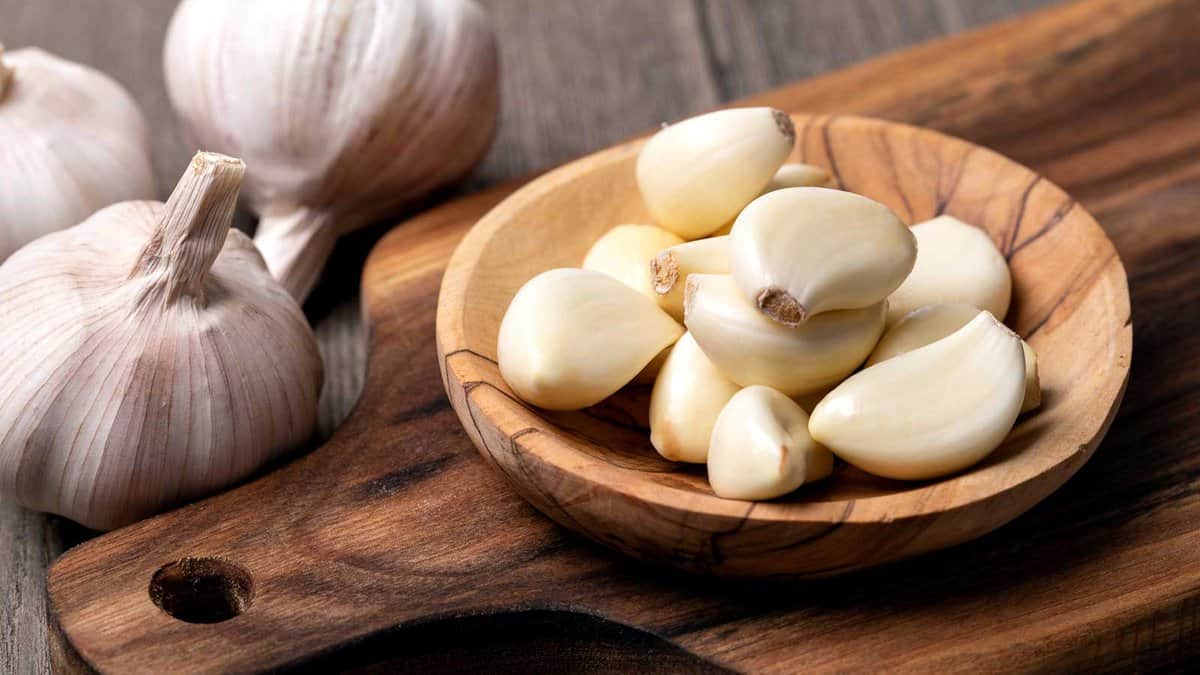
Garlic seems harmless until you put it in a pan for ten seconds too long. One moment it smells amazing, the next your whole kitchen reeks of bitterness. Burnt garlic takes over a dish completely, and no amount of sauce or seasoning will fix it. The trick is to add it later in the cooking process or keep the heat low so it softens and sweetens instead of scorching. Once you’ve learned that lesson the hard way, you probably never forget it.
Overcrowding the pan
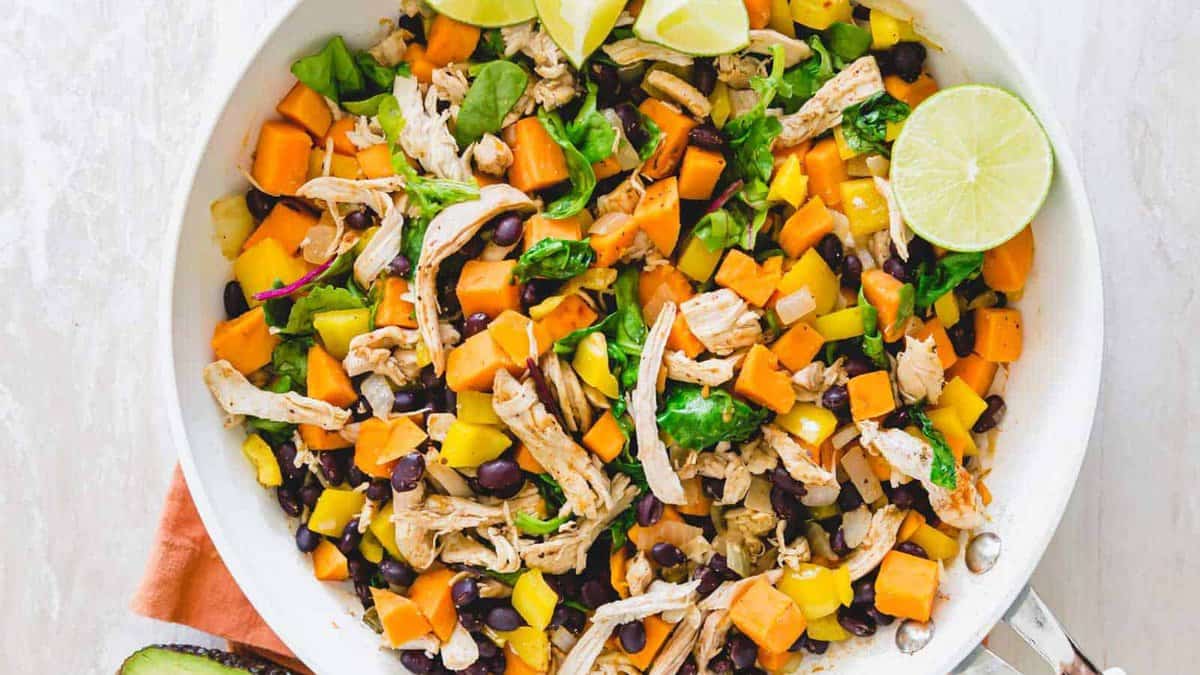
Everyone who cooks at home has tried to cram too much food into one pan to “save time.” What actually happens is everything steams in its own juices instead of crisping or browning. Meat stays pale, vegetables get limp, and you’re left wondering why it doesn’t look like the recipe photo. Giving ingredients space to breathe makes all the difference. Cook in batches if you have to, it’ll feel slower, but the results taste far better.
Skipping the recipe read-through

Nothing derails dinner like discovering mid-cook that the chicken was supposed to marinate for four hours or that you needed an ingredient you don’t own. Skimming instead of reading is a mistake everyone makes, but it’s one that creates unnecessary chaos in the kitchen. Taking just a couple of minutes to read from start to finish helps you plan, prep, and avoid panic later. It is the simplest fix for so many avoidable disasters.
Using dull knives

It feels counterintuitive, but a dull knife is more dangerous than a sharp one. Instead of gliding through a tomato or onion, it slips and forces you to push harder, which is exactly how accidents happen. On top of that, it just makes cooking feel clumsy and frustrating. Keeping your knives sharp makes chopping faster, safer, and less of a chore. Once you’ve worked with a properly sharpened blade, you realize how much easier everything becomes.
Overcooking pasta
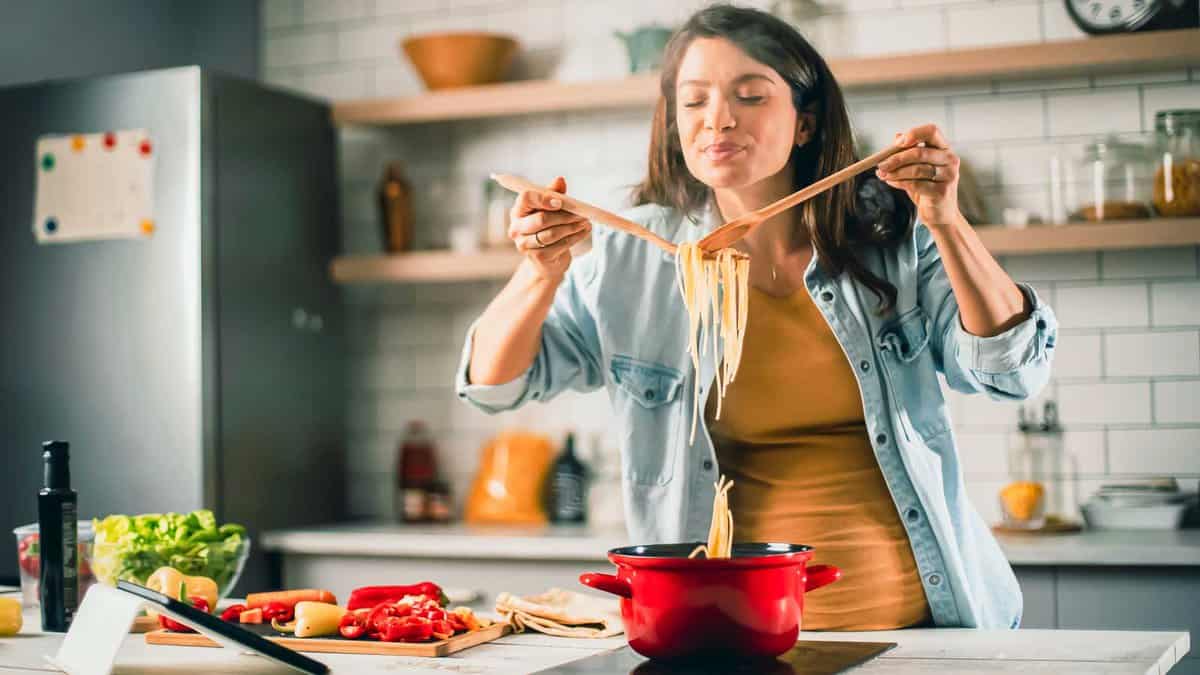
Pasta is one of the easiest meals to make, yet so many of us have pulled mushy noodles from a pot and regretted it. When it cooks too long, pasta clumps together and loses its bite, which ruins the texture of the whole dish. The fix is simple: taste test as it cooks and pull it off the stove when it still has a little firmness. Pair it with your sauce right away and you’ll never end up with pasta soup again.
Throwing food into a cold pan
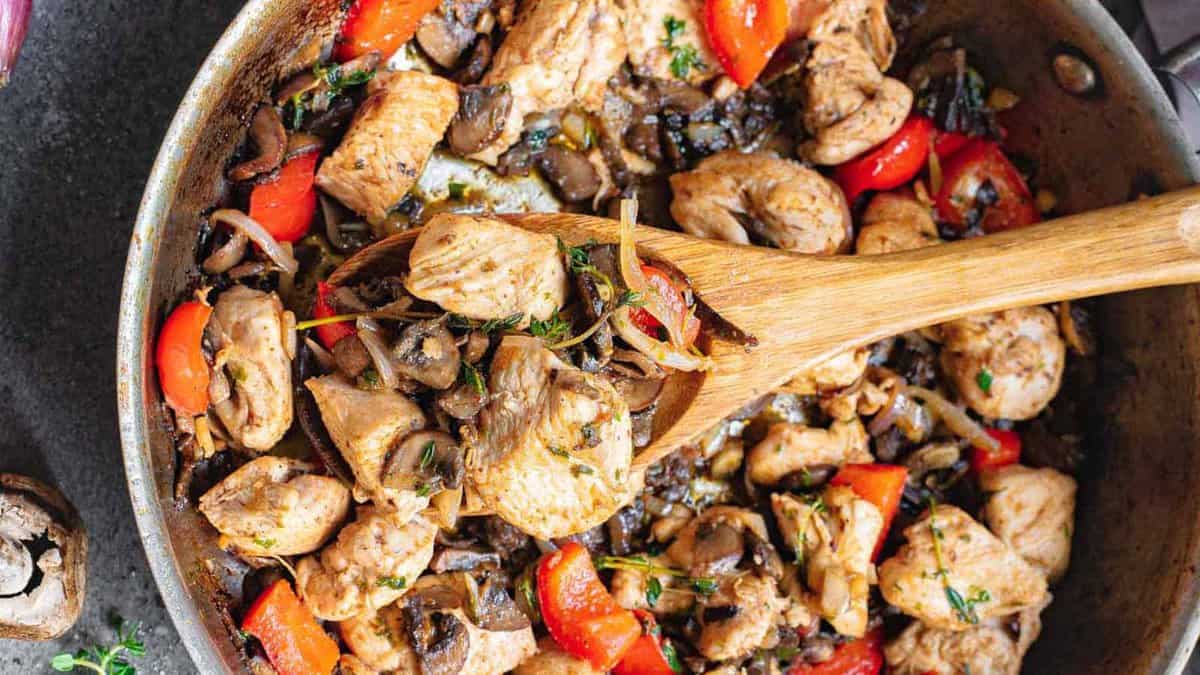
Adding meat or vegetables to a cold pan is a guaranteed way to get pale, limp results. Preheating makes sure food cooks evenly and gives you that golden sear that actually locks in flavor. Without it, you’re basically steaming food in its own juices. It takes patience, but letting the pan get hot first makes the difference between a dish that feels flat and one that tastes restaurant-worthy.
Guessing measurements

A pinch here and a splash there might work for cooking, but in baking it almost always ends in failure. Cookies that spread into puddles or bread that never rises often trace back to sloppy measuring. Using proper measuring cups and spoons seems boring, but it makes the difference between a recipe that works and one that crashes and burns. Even in everyday cooking, measuring spices or oils more carefully can help dishes taste balanced instead of heavy-handed.
Boiling when you should simmer

Turning the burner up too high when something is supposed to simmer is a mistake every cook makes at least once. A soup or sauce that bubbles aggressively loses depth of flavor, and tender vegetables fall apart. A simmer, on the other hand, lets flavors meld slowly and keeps textures intact. Keeping the heat lower might feel like waiting around, but the payoff is a dish that tastes like it was made with care.
Stirring nonstop

Hovering over the stove with your spoon in hand might feel productive, but constantly stirring can ruin your food. Rice gets gummy, meat never forms a proper crust, and vegetables break down into mush. Sometimes the best thing you can do is step back and let the pan do its job. Food needs time to sit against the heat to develop flavor and texture, and learning to leave it alone is half the battle of becoming a better cook.
Seasoning only at the end

Dumping salt on food after it is finished doesn’t do the same job as seasoning as you go. Flavors develop in layers, and adding seasoning throughout helps everything meld together. When you wait until the very end, the dish usually ends up tasting flat or uneven. Building flavor step by step doesn’t take any extra effort, it just requires being mindful each time you add ingredients to the pan.
Choosing the wrong oil

Not every oil belongs in a hot skillet. Olive oil works beautifully for salad dressings or low-heat cooking, but crank the stove too high and it turns bitter and fills the room with smoke. High-heat methods like frying or searing call for oils with sturdier smoke points, like canola, avocado, or peanut. Knowing which oil to grab saves your food, your pan, and maybe even your smoke detector.
12 Food Safety Mistakes Every Home Cook Needs To Know About
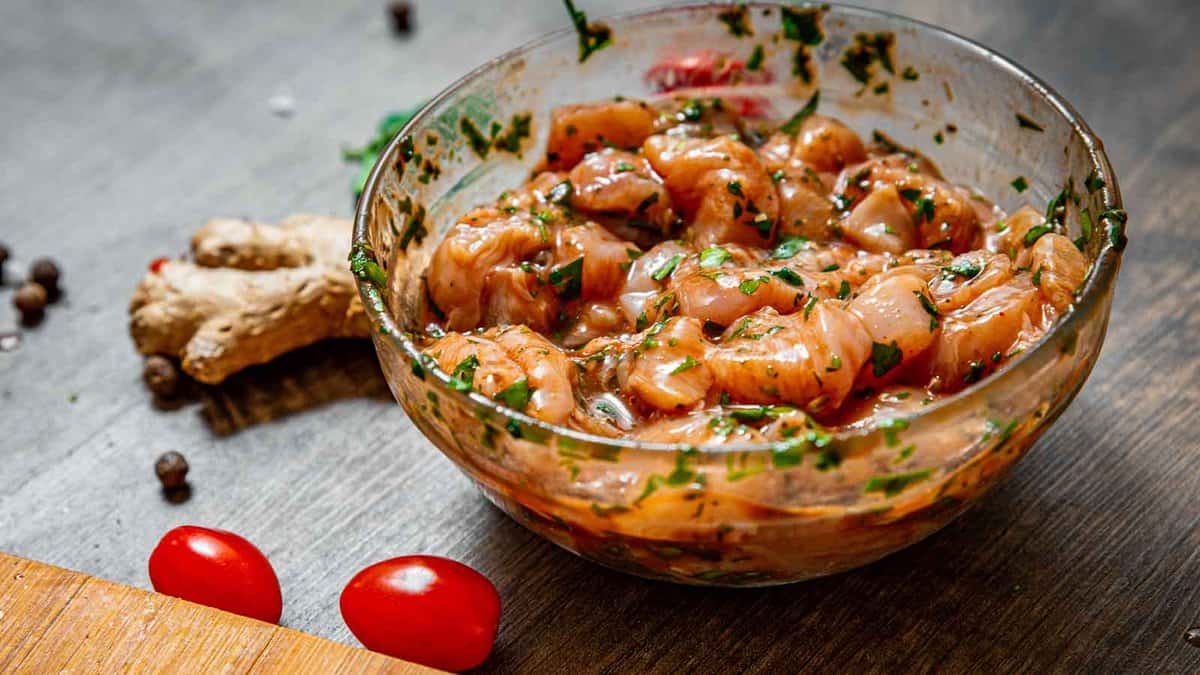
We all love a good home-cooked meal, but ensuring your food is safe to eat is just as important as making it taste great. Simple missteps in the kitchen can lead to potentially serious health risks, often without us even realizing. Cut through the confusion and get straight to the point with these common mistakes many home cooks make.
Read it Here: 12 Food Safety Mistakes Every Home Cook Needs To Know About
The 10 Frozen Veggies You Need To Keep On Hand For Stress-Free Dinners
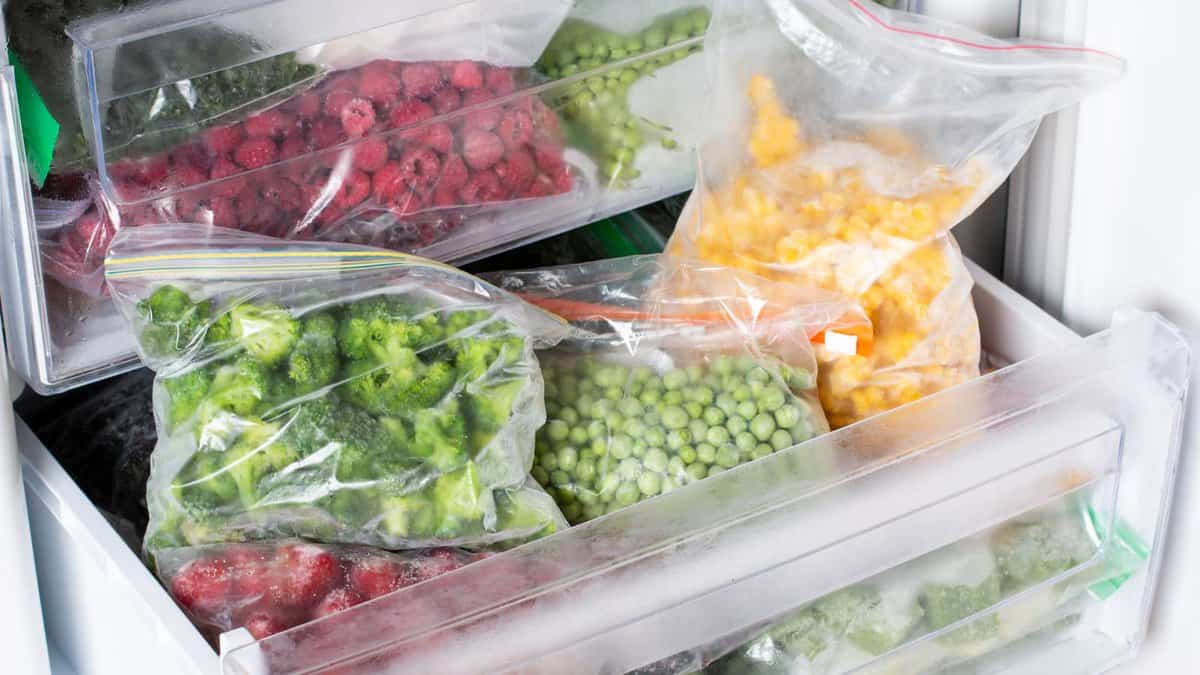
Having a stash of frozen veggies can be a game-changer for busy weeknights. They’re convenient, nutritious, and can help you whip up a healthy dinner in no time. From stir-fries to soups, these veggies can be the key to stress-free meals. Whether you’re running late or just don’t feel like making a trip to the store, keeping these 10 frozen vegetables on hand will make your dinner prep a breeze.
Read it Here: The 10 Frozen Veggies You Need To Keep On Hand For Stress-Free Dinners
Gina Matsoukas is an AP syndicated writer. She is the founder, photographer and recipe developer of Running to the Kitchen — a food website focused on providing healthy, wholesome recipes using fresh and seasonal ingredients. Her work has been featured in numerous media outlets both digital and print, including MSN, Huffington post, Buzzfeed, Women’s Health and Food Network.








